IVA's Royal Technology Tour focused on electrification and skills supply
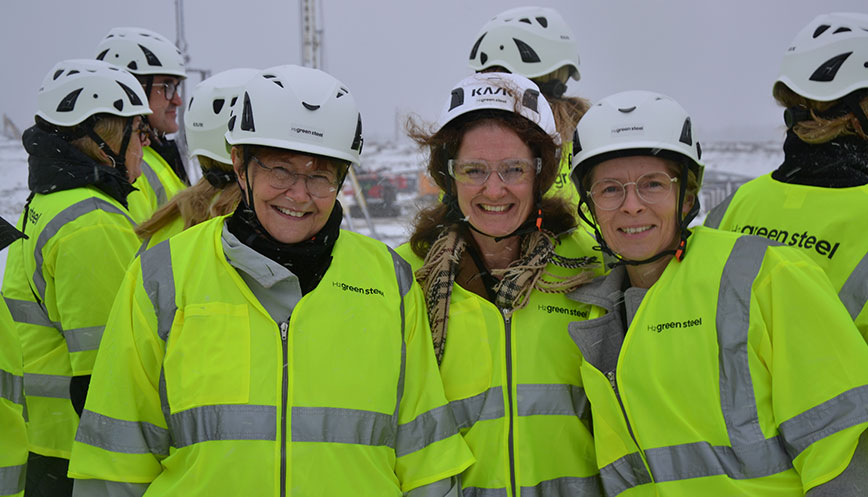
Focused on the theme of sustainable transition and development, this year’s IVA Royal Technology Tour travelled to Västerbotten and Norrbotten in northern Sweden. KTH Energy Platform’s Lina Bertling Tjernberg was on the tour, and here she talks about some of its highlights.
Since 2011, IVA’s Royal Technology national delegation tour has been organised to offer inspiration, networking opportunities, and the exchange of experiences within various focus areas. This year’s theme was sustainable transition and development and the destinations were Västerbotten and Norrbotten. The tour’s 28 participants included Lina Bertling Tjernberg, Director of the KTH Energy Platform.
“During the tour, it became clear what a fantastic time this is for Swedish technological development and innovation. That said, we see a massive need for skills development in the energy field, especially in the north of Sweden,” says Bertling Tjernberg.
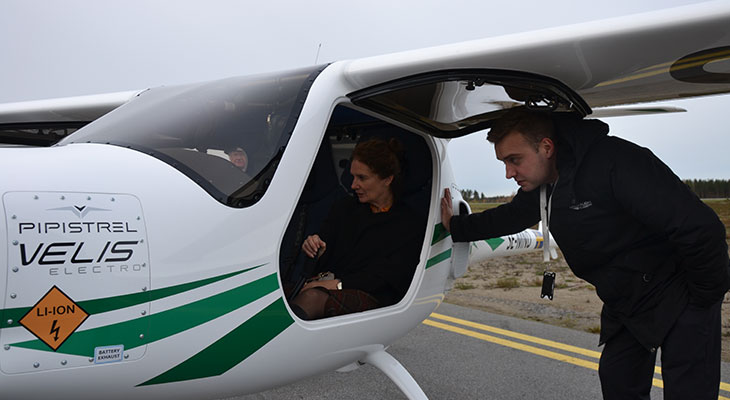
Electric flight and education of the future
The three-day trip included visits to several major industrial projects in Norrland. The first stop was Skellefteå Airport Airside, where a project is underway to prepare the airport for electric flight. Special charging points for light electric aircraft are being built here, while tomorrow’s pilots are being trained at the Green Flight Academy.
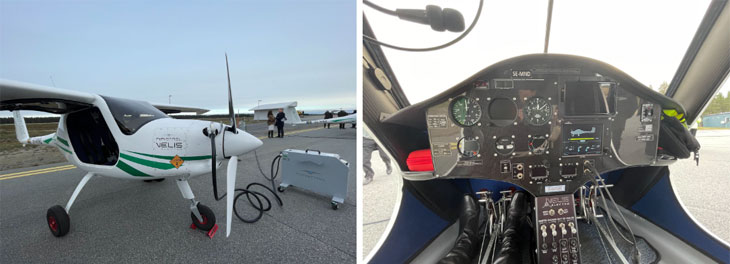
This was followed by a visit to the Skellefteå University Alliance (SUA), which is a collaboration set to launch in 2024 between various higher education institutions to meet educational and skills needs in Skellefteå. The vision is to create a testbed for academic innovation that challenges and develops traditional academic frameworks and promotes collaboration, learning and research. Mälardalen University (MDU) is among the participating universities.
“It became clear how we must work together to develop the education and learning of the future to meet the competence needs of the entire energy sector. We need to do this in co-operation and learn from each other; and here at KTH, we’ve come a long way in terms of future engineering education and the education of professionals,” says Bertling Tjernberg.
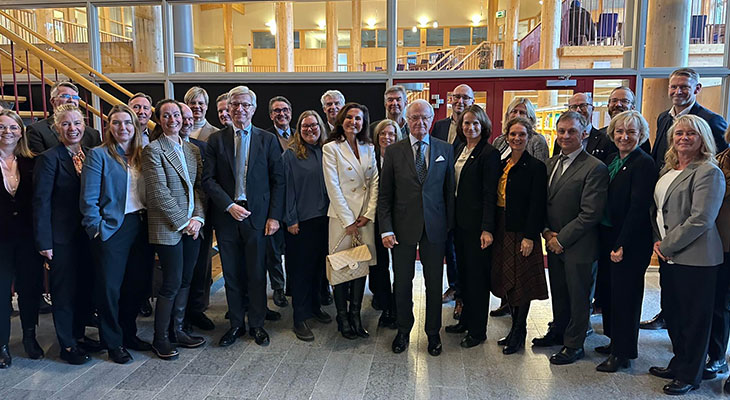
Industrial recycling
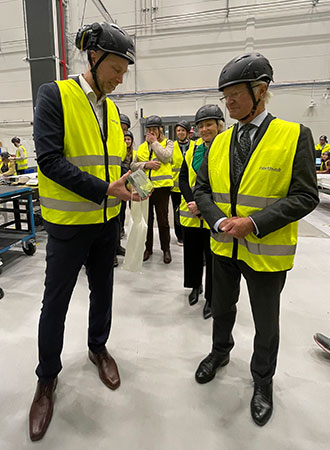
The delegation then travelled to the Northvolt facility, which manufactures batteries and has made a major investment in recycling with the aim of successfully recycling all battery components on an industrial scale.
“I particularly enjoyed the Northvolt visit because I’ve followed these projects ever since their first InnoEnergy funding round. That the project successfully made the journey from idea to large-scale facility with international branches makes it a textbook example of successful commercialisation of energy research,” says Bertling Tjernberg.
The battery factory is now in operation, although some areas, such as quality control, have not yet been automated. Furthermore, the facility has some way to go before it can be used to its full extent.
“The project is an example of the considerable risks - both business and technical - that we need to take to succeed in the energy transition. One of my learnings was that significant challenges remain, both from technical and work environment perspectives,” she says.
The day ended with a visit to Sara Kulturhus, which is part of an initiative that seeks to create fully functioning urban areas in Skellefteå rather than purely building workplaces.
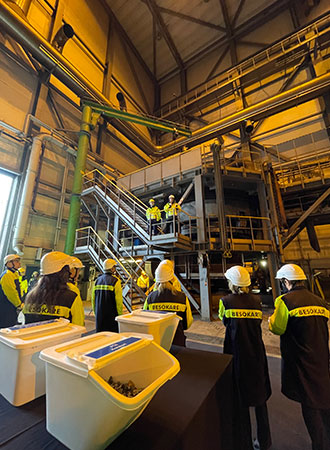
The next day, the tour went to Boliden’s Rönnskär smelter, which is one of the world’s largest electronics materials recycling facilities. The smelter can recycle up to 120,000 tonnes of electronics materials a year, including computer and smartphone circuit boards.
“Last summer, Rönnskär was hit by one of the largest industrial fires in Sweden’s history. This has had a huge impact on production and the surrounding community, but it also created an opportunity for a fresh start. And how they approached the task of starting anew after the disaster was inspiring to see,” says Bertling Tjernberg.
For example, the fire resulted in copper production being switched from anodes to cathodes, which also affected the facility’s business model.
During the afternoon, the green transition in Norrbotten was discussed from the perspective of industrial initiatives and collaboration. Representatives from the municipality and Luleå University of Technology as well as LKAB, SSAB and Svenska Kraftnät participated.
H2 Green Steel: built with a systems perspective
Thursday’s first stop was H2 Green Steel in Boden, where participants were given a tour of the 270-hectare site and facilities for green hydrogen, green iron and green steel.
“The areas used by H2 Green Steel are truly enormous and the municipality’s investment is extremely impactful. KTH is involved in Ovako Steel’s venture in Hofors to produce fossil-free hydrogen to heat steel. The same technology is also used there with the same technical challenges. But here in Boden, further steps are being taken in terms of building with a systems perspective and at scale,” says Bertling Tjernberg.
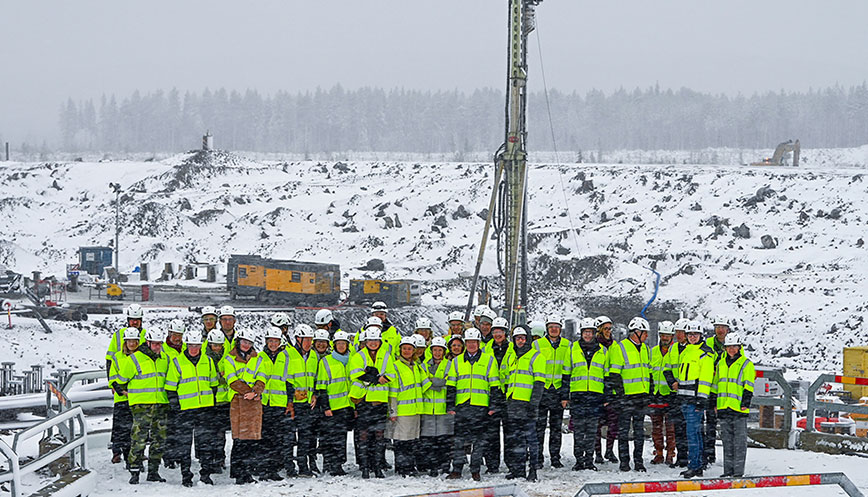
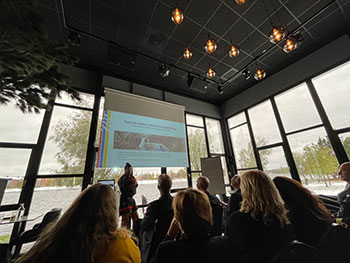
The tour wrapped up with delegates meeting representatives from the Sami Parliament to discuss how Sami interests are reconciled with industrial development in northern Sweden.
“One lesson from the meeting was that development requires a societal perspective based on knowledge of our different cultures. Furthermore, it’s clear how major industrial development must take place within the framework of investment in complete and sustainable societies,” says Bertling Tjernberg.
Text: Magnus Trogen Pahlén

